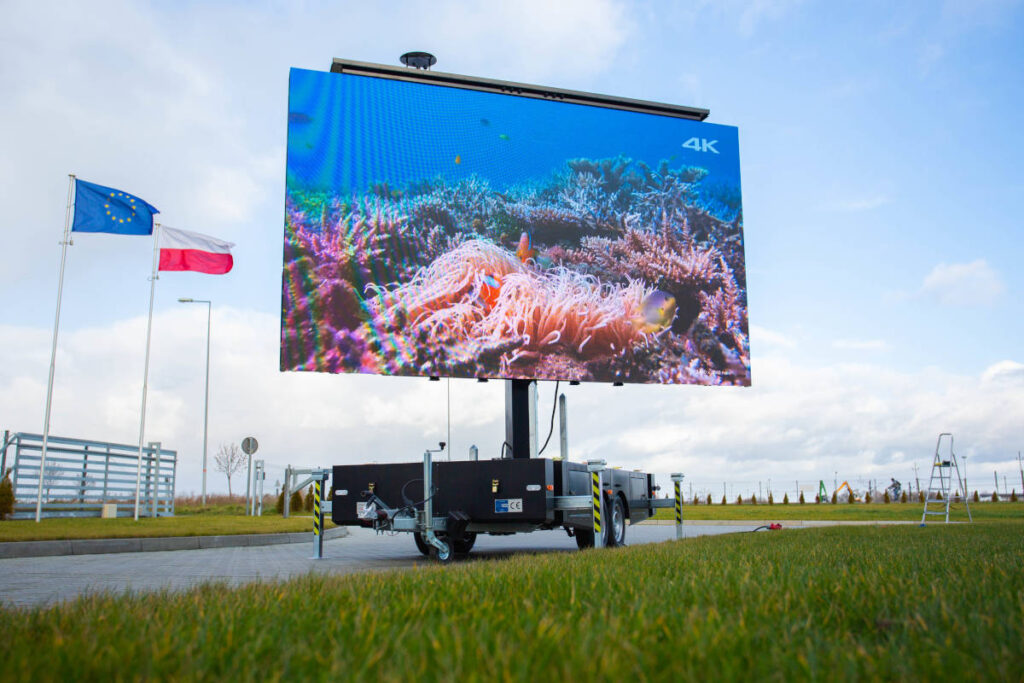A Comprehensive Comparison of Different LED Video Screen Technologies and The Applications
Light Emitting Diode video screens are more common in various environments, such as concerts, athletic competitions, as well as business meetings. These big screens consist of composed of numerous individual LED panels which work together to form a cohesive unified visual. Various multiple types of LED video wall technologies available, each having its unique features as well as advantages. Grasping these technologies options can assist companies as well as organizations select the right solution for their specific needs.
One frequent type of Light Emitting Diode display wall technology is the directly viewed LED. This technology uses separate Light Emitting Diode modules which are arranged closely together to form a big display. Direct view LED walls are recognized for their elevated brightness as well as lively colors, making them perfect for external events or brightly illuminated settings. These displays also have a wide sight angle, allowing indicating that people can see the display distinctly at various locations. Such renders direct view LED screens a favored choice for stadiums as well as external festivals.
Another type of Light Emitting Diode display wall technology is the LED-backlit Liquid Crystal Display. Such solution merges traditional Liquid Crystal Display screens with LED illumination to enhance luminosity as well as hue accuracy. LED-backlit LCDs are often utilized in interior environments, including shopping malls as well as conference rooms. They provide superior visual clarity and are generally more cost-effective than directly viewed Light Emitting Diode screens. However, they may not function as effectively in well-lit settings, as the backlighting can sometimes wash out the colors.
A thirdly choice is the Organic Light Emitting Diode display screen. OLED technology offers exceptional differentiation as well as hue richness compared to other types of displays. Each dot in an Organic Light Emitting Diode display produces its individual luminescence, enabling for genuine dark tones as well as lively colors. This makes OLED video screens especially attractive for uses that demand premium images, including art exhibitions or luxury shopping outlets. However, OLED solution can be more expensive and may not be as bright as direct view LED walls, making it less suitable for external use.
Along with the aforementioned options, there are also multiple uses for LED video screens. They can be utilized for promotion, amusement, and data presentation. find out here now For instance, businesses often utilize Light Emitting Diode video walls for electronic advertising to draw in customers and advertise goods. In amusement, these displays enhance the sight encounter at music events and gatherings, offering dynamic backgrounds as well as captivating visuals. Within business settings, Light Emitting Diode display walls can be used for demonstrations, video meetings, as well as educational sessions, helping to communicate data in a aesthetically attractive way.
To summarize, Light Emitting Diode display walls come in different types, every with its unique benefits and uses. Directly viewed Light Emitting Diode walls are great for external use, while LED illuminated LCDs are more suitable for interior environments. OLED display screens offer exceptional visual clarity but may come at a higher price. Understanding the differences variations can help entities make informed choices about which type of Light Emitting Diode video wall most meets their requirements, whether for advertising, amusement, or corporate applications.